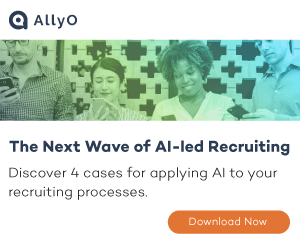Reducing Turnover with Data-Driven HR Software Solutions
EmployeeConnect
AUGUST 27, 2024
High turnover rates can lead to increased recruitment and training costs, disruption of team dynamics, and a loss of valuable organisational knowledge. By leveraging these solutions, companies can gain valuable insights into the factors driving turnover and implement targeted strategies to enhance employee retention.























































Let's personalize your content